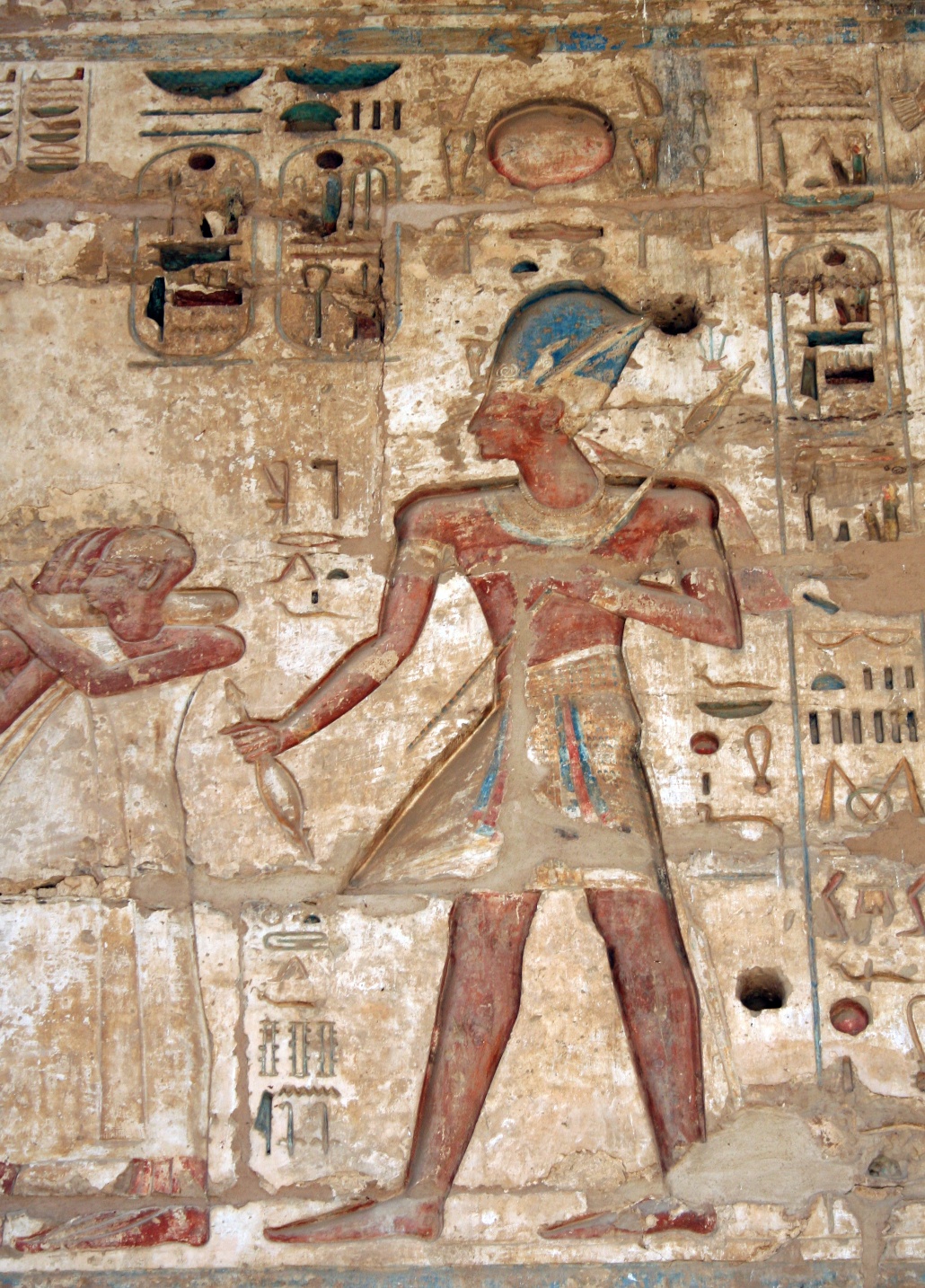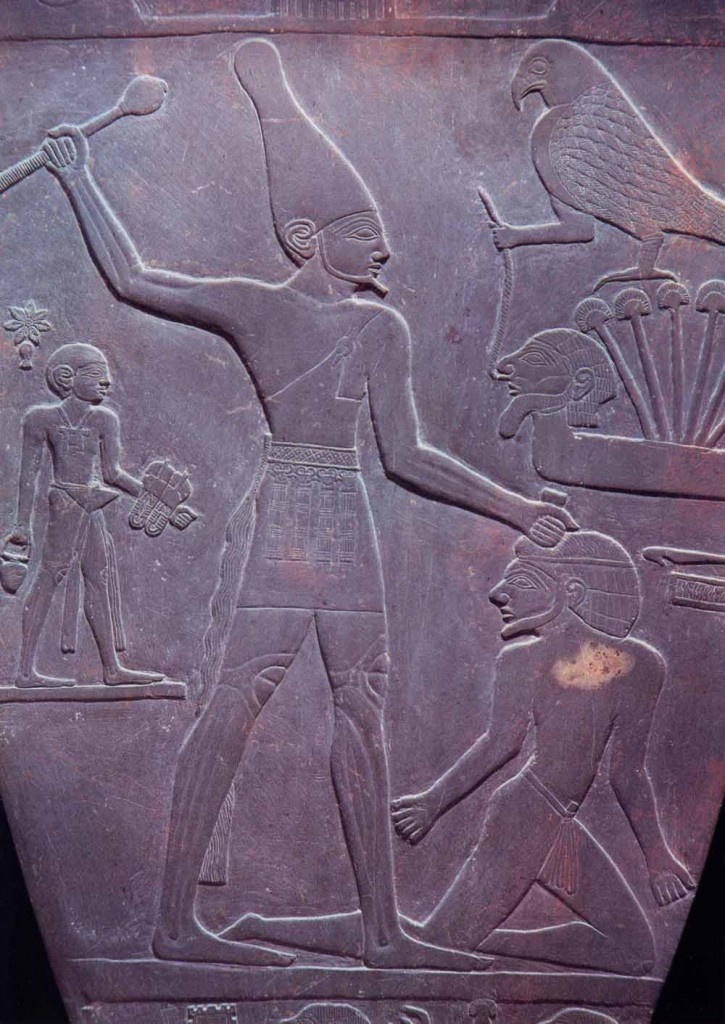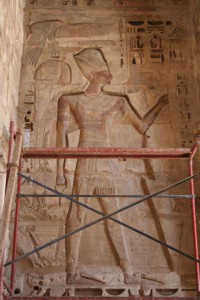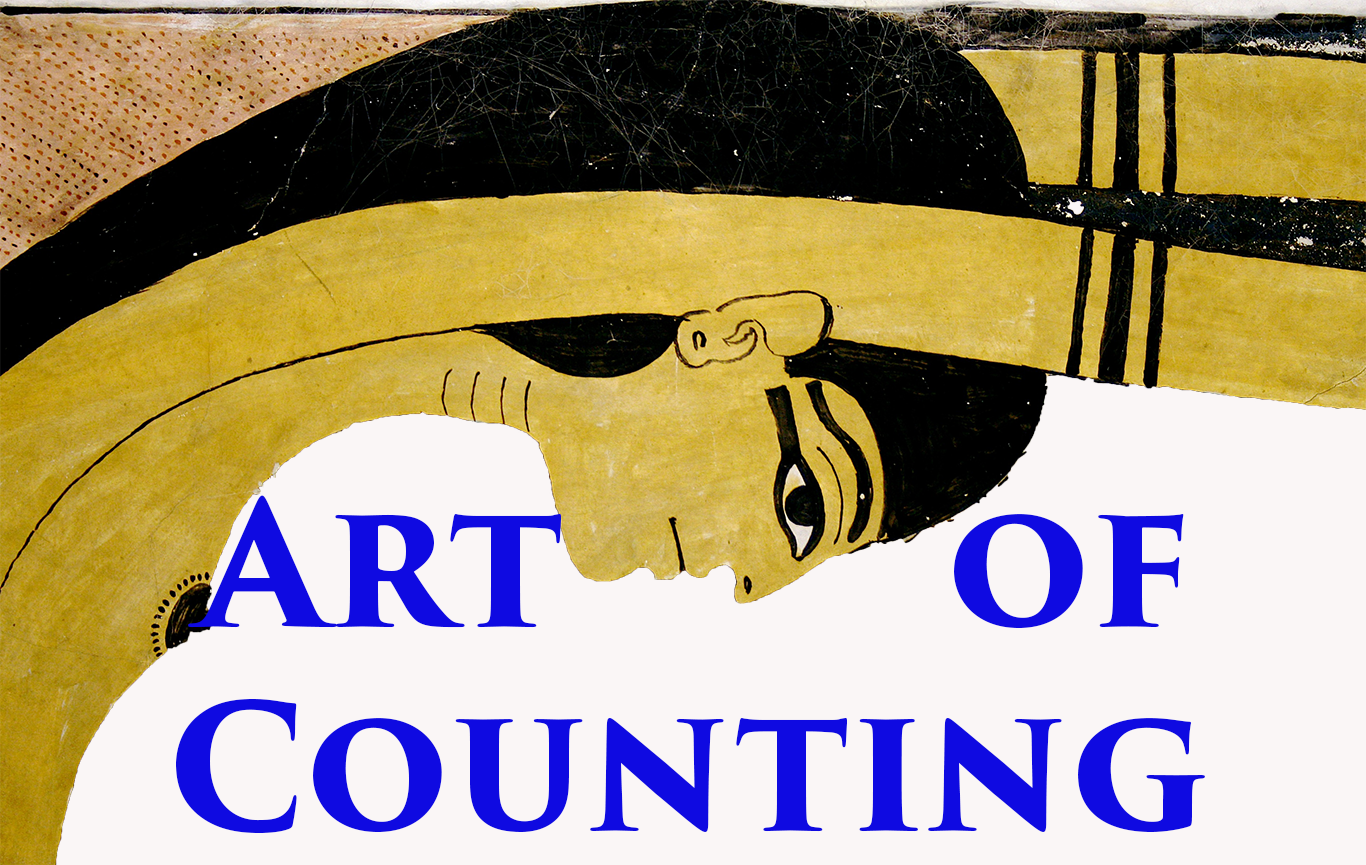
by Art of Counting | Results
Sincere thanks to Tom Hardwick for his astute comments and suggestions in the crafting of this two-part post In a previous post, I outlined the basic history and significance of sandals and discussed the apparent usage patterns of royal sandals at Medinet Habu, based...

by Art of Counting | Results
(Sincerest thanks to Tom Hardwick for his astute comments and suggestions during the crafting of this two-part article) You can tell a lot by the shoes someone wears. Context clearly affects the choice of footwear; one pair for dancing, another for traffic court, and...

by Art of Counting | Results
One of the more elaborate crowns worn by the pharaoh is known as the atef. This crown appears first in the Fifth Dynasty and becomes more complex, with additional uraei (cobras) and other added elements during the early New Kingdom. When worn by the king, this crown...

by Art of Counting | Results
The ankh is one of the most universally recognized symbols of ancient Egypt, but there are aspects of its usage that are still obscure. Commonly held by the gods, the ankh is often considered the ‘breath of life’ and had a rejuvenating effect when grasped...

by Art of Counting | Results
A sampling of other interesting frequency results for the temple at Medinet Habu (see a previous post on this topic here): • Sandals are worn by the king in 129 of the 765 scenes: • A sunshade is held in conjunction with pharaoh in only 28 instances: • A shebyu collar...

by Art of Counting | Results
Although frequency reports are quite basic and easy to accomplish, they can quickly reveal general tendencies; furthermore, as stated in a previous post, frequency reports are the easiest to understand. For instance, of the 523 scenes where the king is depicted...







